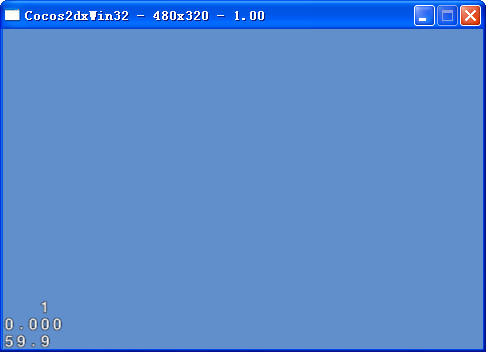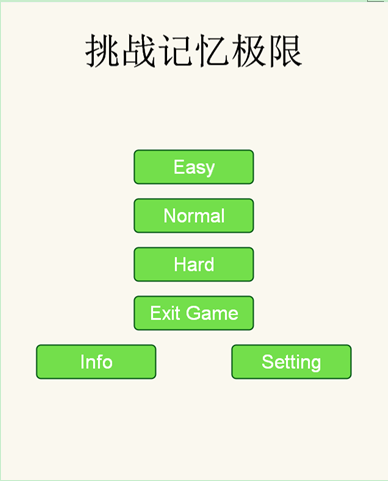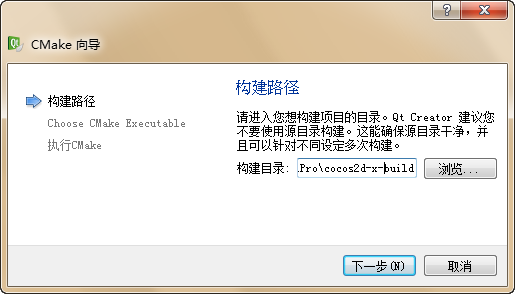一直比较关注Quick Lua,但是项目中一直使用的公司自有的Lua框架,所以一直没机会在实际中使用下Quick Lua。看到群里很多人都在用这个,我在这里梳理下开始使用的流程吧,我主要是说下实际使用上的流程问题。
比如很多学习者甚至不知道enterScene("MainScene") 为什么里面可以是个字符串?当然如果你已经很熟悉框架了,这篇文章就可以跳过了,呵呵。
下面开始吧!
一、前置准备
1、安装下载之类的,官方论坛写的很清楚了,我就不说了。http://wiki.quick-x.com/doku.PHP?id=zh_cn:get_started_create_new_project2、关于IDE,我使用的IEDA,配置导出的api代码提示,还是挺方便的。http://wiki.quick-x.com/doku.PHP?id=zh_cn:get_started_install_intellij_idea
二、新建一个工程
新建之后,你首先看到的main.lua启动到MyApp.lua。
|
1
|
require(
"app.MyApp"
).
new
():run()
|
1、require("app.MyApp")
这里执行的MyApp.lua的代码是:
|
1
2
|
local MyApp =
class
(
"MyApp"
,cc.mvc.AppBase) -- 继承cc.mvc.AppBase
return
MyApp
|
2、require("app.MyApp").new()
MyApp.new()执行后,执行的代码是:
|
1
2
3
|
function MyApp:ctor()
MyApp.super.ctor(self)
end
|
3、require("app.MyApp").new():run()
这时候调用了
|
1
2
3
4
|
function MyApp:run()
CCFileUtils:sharedFileUtils():addSearchPath(
"res/"
)
self:enterScene(
"MainScene"
)
end
|
对于MyApp.lua文件,如果我修改成下面的样子,是不是你就理解了上面所做的事情:
|
1
2
3
4
5
6
7
8
9
10
11
12
13
14
15
16
17
18
19
20
21
22
23
24
25
26
27
28
29
30
31
|
-- 声明类
MyApp =
class
(
"MyApp"
,cc.mvc.AppBase)
--- 类构造方法
--
function MyApp:ctor()
MyApp.super.ctor(self)
end
--
function MyApp:create()
local myApp = MyApp.
new
()
myApp:init()
end
--- 你自己的方法
-- @param self
--
local function launchMainScene(self)
CCFileUtils:sharedFileUtils():addSearchPath(
"res/"
)
self:enterScene(
"MainScene"
)
end
--- init 方法
--
function MyApp:init()
-- add code here
launchMainScene(self)
end
|
|
1
|
|
修改为:
|
1
2
|
require(
"app.MyApp"
)
MyApp:create()
|
三、MainScene.lua
enterScene("MainScene") 为什么可以切换场景?
我们看下MyApp的父类AppBase里面:
|
1
|
|
好了,其他的应该按照上面的思路基本都能知道为什么了。我就不一一列举了。




